Silvio Berlusconi lutto nazionale; who else has had a state funeral as questions raised about todays?
This article contains affiliate links. We may earn a small commission on items purchased through this article, but that does not affect our editorial judgement.
and live on Freeview channel 276
With the lutto nazionale (Italian - national mourning) and a state funeral underway for former Italian prime minister and media tycoon Silvio Berlusconi, questions are still being raised by political opponents towards current PM Giorgia Meloni as to why there is such an event taking place in the first place - especially as a day of national mourning is more rarely invoked.
Though a powerful figure in Italy during his prominent years, Berlusconi’s prior behaviour have the fiercest of Meloni critics believing a state funeral and national mourning should be reserved for those that haven’t cause the level of outrage Berlusconi has throughout his colourful (for lack of a better word) life.
Advertisement
Hide AdAdvertisement
Hide AdHe was a divisive figure during his life, marred with controversies which included what critics called a lack of respect for the rule of law during his political career, claiming that he did not fully acknowledge or adhere to legal procedures and obligations, alongside the now infamous “bunga bunga” parties and his questionable associations, including his close friendship with Russian leader Vladimir Putin.
"Berlusconi split Italy, he insulted adversaries for 30 years, he criminalised the magistrates and he didn't recognize laws. What are we talking about?'' journalist Marco Travaglio, a long-time Berlusconi critic and co-founder of the il Fatto Quotidiano daily, told private La7 TV on Monday.
However, Italian law does dictate that former premiers, no matter how embroiled in controversies they may have been involved in during their lifetime, are entitled to have a state funeral after their passing. The point of contention, opposition towards Meloni’s Brothers of Italy party, is why there also has to be a day of national mourning for Berlusconi.
Who else has had a lutto nazionale in Italy?
Giovanni Falcone and Paolo Borsellino (1992)
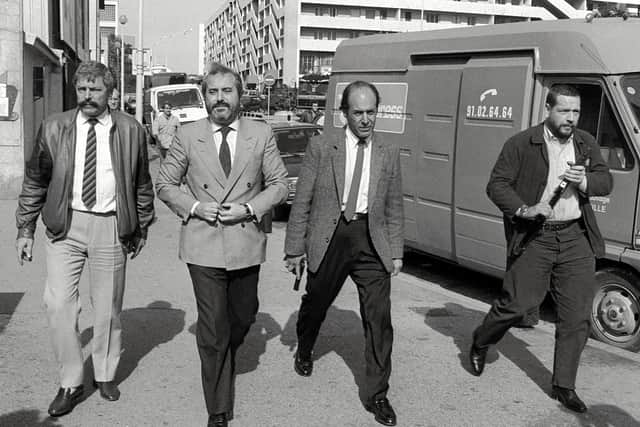

Giovanni Falcone and Paolo Borsellino were prominent Italian anti-mafia magistrates who were assassinated by the Sicilian Mafia, Cosa Nostra. Falcone, a leading figure in the fight against organised crime, was killed in a bomb attack on May 23, 1992, along with his wife and police escort near Palermo. Borsellino, a collaborator of Falcone, was also targeted and killed in a car bombing on July 19, 1992, outside his mother's apartment in Palermo.
Pope John Paul II (2005)
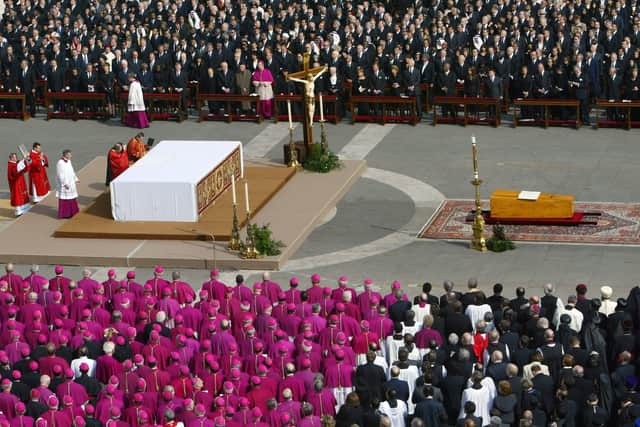

Advertisement
Hide AdAdvertisement
Hide AdPope John Paul II, the head of the Catholic Church from 1978 to 2005, received a state funeral that was widely regarded as one of the largest and most significant in history. Following his death on April 2, 2005, millions of people from around the world mourned his passing. The funeral took place on April 8, 2005, in St. Peter's Square at the Vatican City. Numerous world leaders, including presidents, prime ministers, and royals, attended the event to pay their respects.
The funeral was marked by solemn rituals and prayers, led by cardinals and bishops. The Pope's body, dressed in papal vestments and placed in a cypress casket, was displayed to the public before the funeral mass. His funeral mass, presided over by Cardinal Joseph Ratzinger (later Pope Benedict XVI), was attended by hundreds of thousands of mourners, with millions more watching the televised broadcast.
Bettino Craxi (2000):
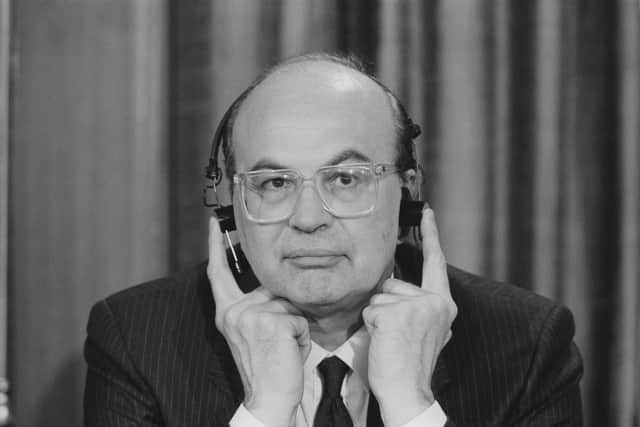

Bettino Craxi, an Italian politician who served as the Prime Minister of Italy from 1983 to 1987, received a state funeral following his death on January 19, 2000. The funeral took place in Milan, Italy, and was attended by a large number of political figures, including foreign dignitaries and leaders from various countries. Craxi's body lay in state at the city hall, allowing the public to pay their respects. The funeral ceremony itself was held at the Basilica of Sant'Ambrogio, one of Milan's most prominent churches.
However, the state funeral of Bettino Craxi was also met with controversy and criticism due to his involvement in political scandals and allegations of corruption. While some mourned his passing and celebrated his political achievements, others saw his funeral as an opportunity to express their discontent with his actions
Giulio Andreotti (2013)
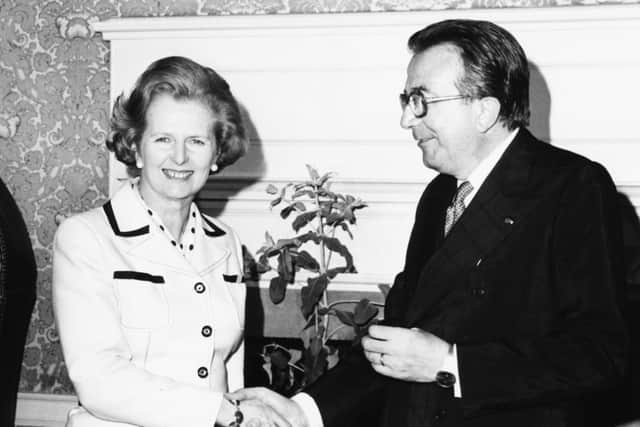

Advertisement
Hide AdAdvertisement
Hide AdGiulio Andreotti, an influential Italian politician who served as the Prime Minister of Italy multiple times, received a state funeral following his death on May 6, 2013. The funeral was held in Rome, Italy, and was attended by a mix of political leaders, dignitaries, and the public. Andreotti's body lay in state at the Chamber of Deputies, where people could pay their respects. The funeral ceremony took place at the Basilica of St. John Lateran, one of Rome's major basilicas, and was presided over by Pope Francis.
However, the state funeral of Giulio Andreotti was once again without controversy, as he was a highly polarising figure due to his involvement in various political scandals and allegations. Some critics viewed the state funeral as a gesture that whitewashed his controversial legacy, while others mourned his passing and acknowledged his long-standing role in Italian politics.
Luciano Pavarotti (2007)
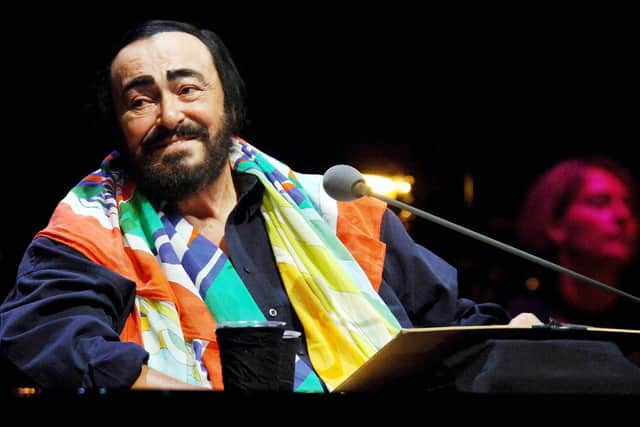

The state funeral of Luciano Pavarotti, one of the most renowned opera singers in the world, took place on September 8, 2007, in Modena, Italy. Pavarotti's funeral was a grand and solemn event attended by thousands of mourners, including dignitaries, celebrities, and fans from around the globe. The funeral was held at the Modena Cathedral, a historic Romanesque-Gothic church located in Pavarotti's hometown.
The ceremony was led by Archbishop Benito Cocchi and included religious rituals and musical performances to honour Pavarotti's life and contributions to the world of opera. Pavarotti's casket, adorned with flowers and draped in his signature white silk handkerchief, was displayed for public viewing prior to the funeral.
Comment Guidelines
National World encourages reader discussion on our stories. User feedback, insights and back-and-forth exchanges add a rich layer of context to reporting. Please review our Community Guidelines before commenting.
